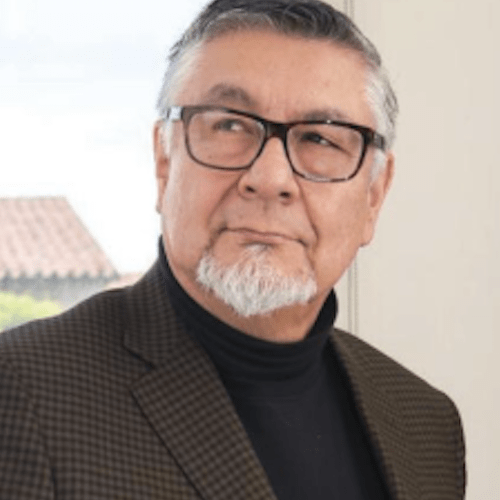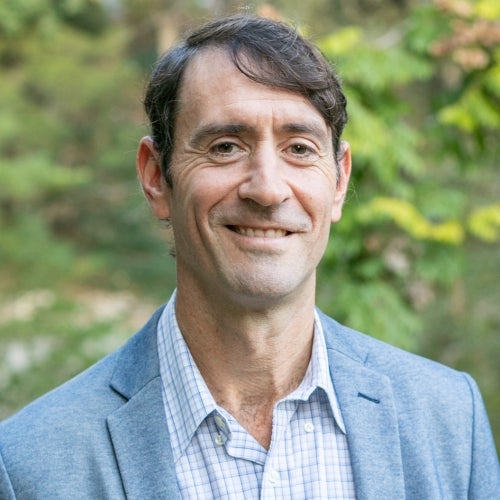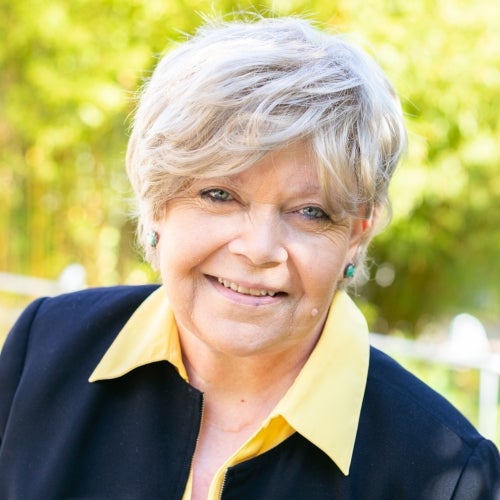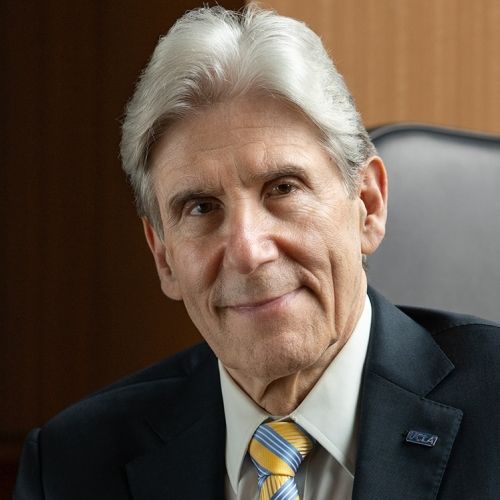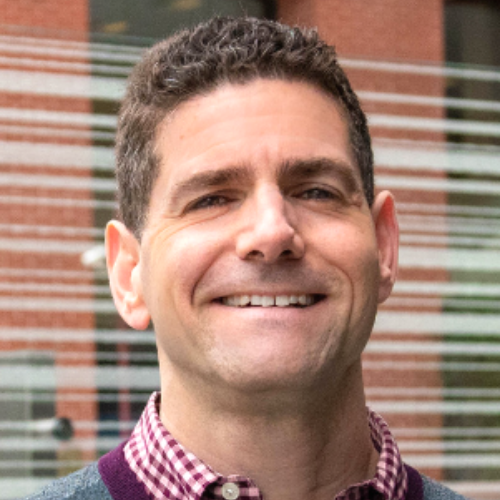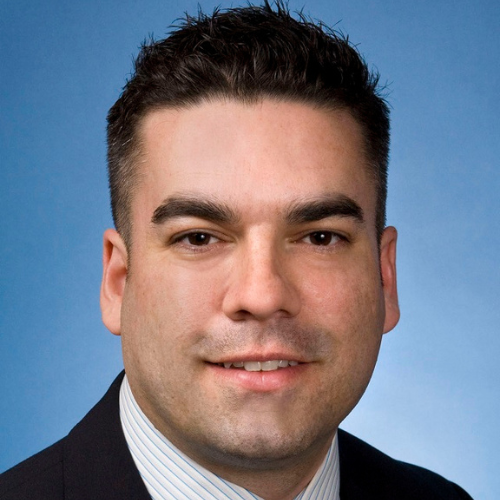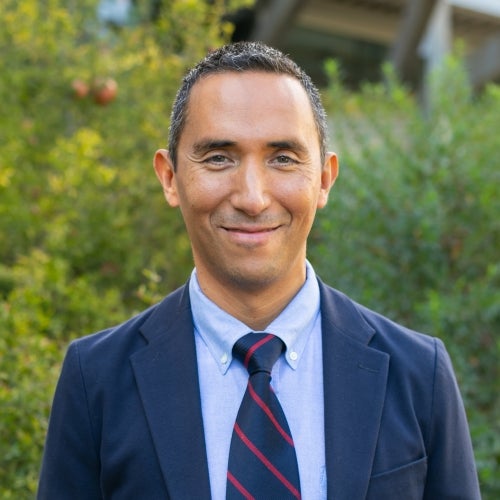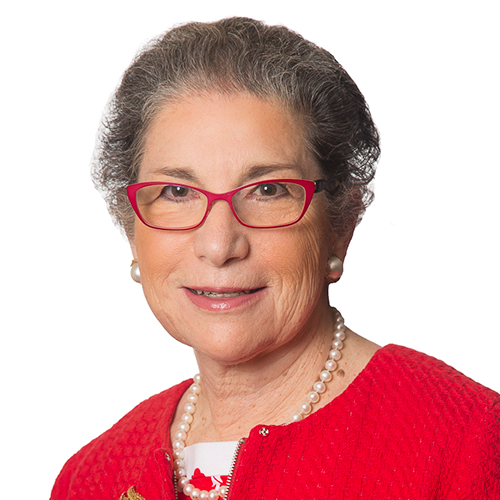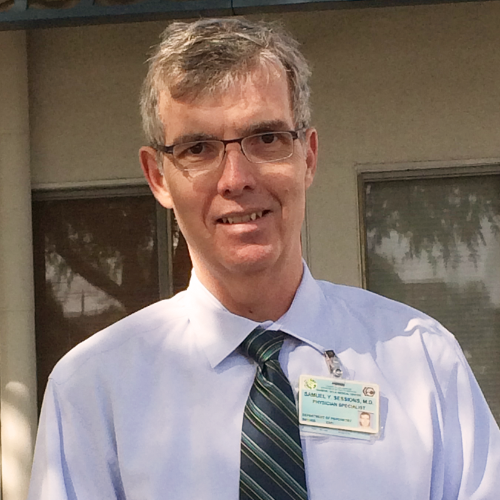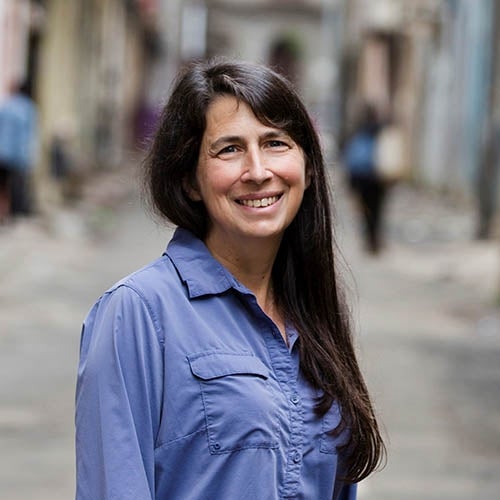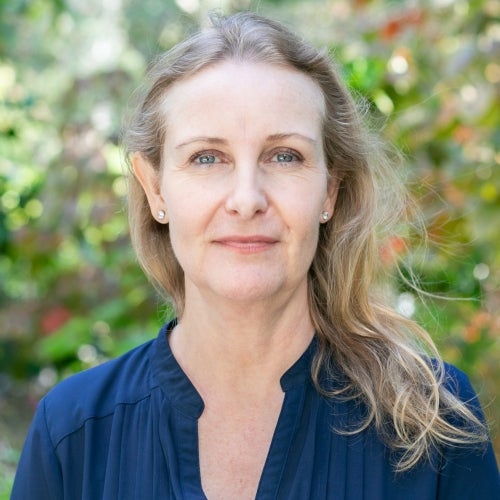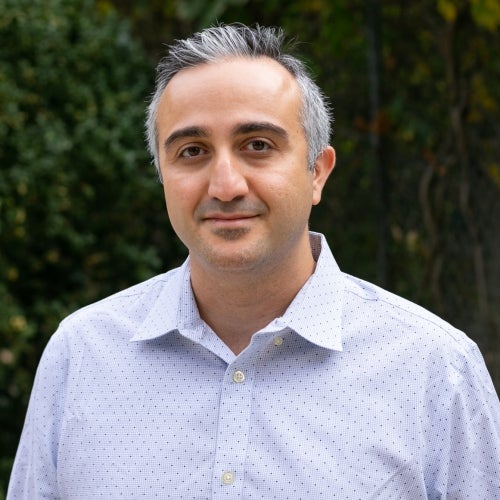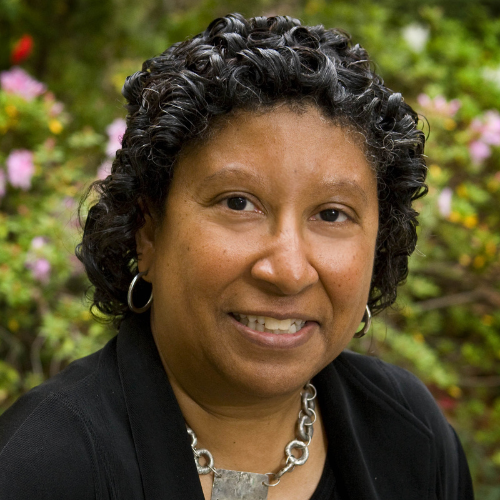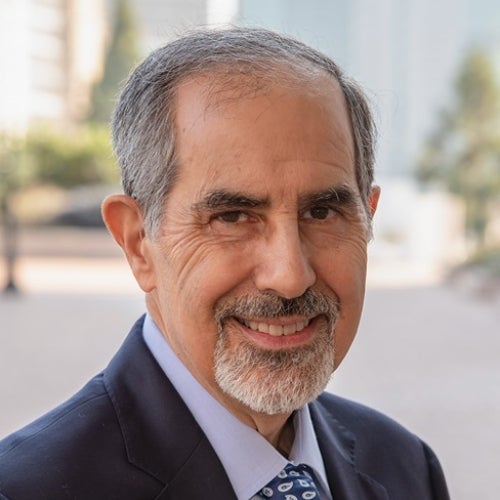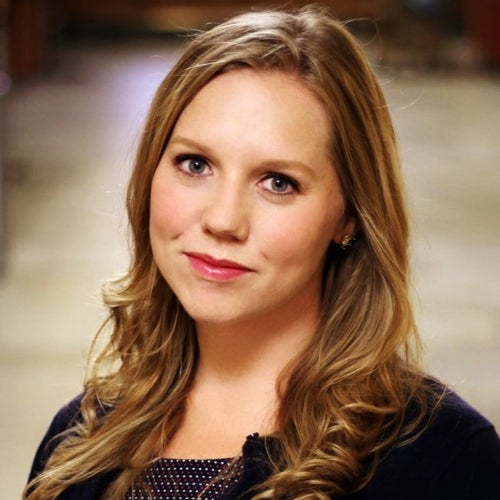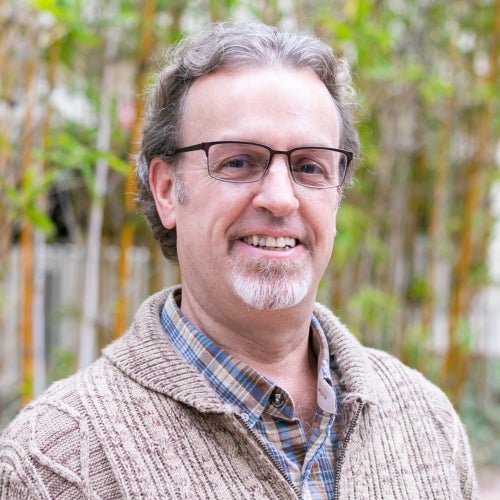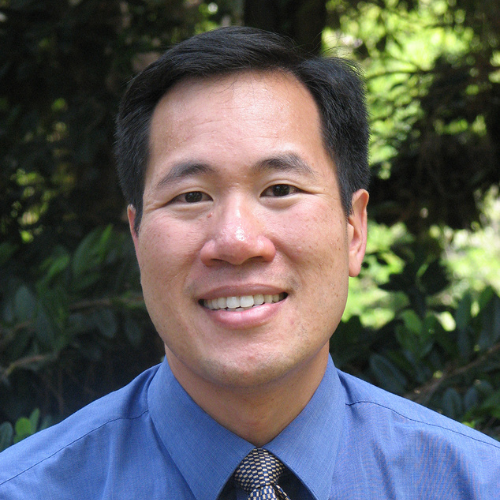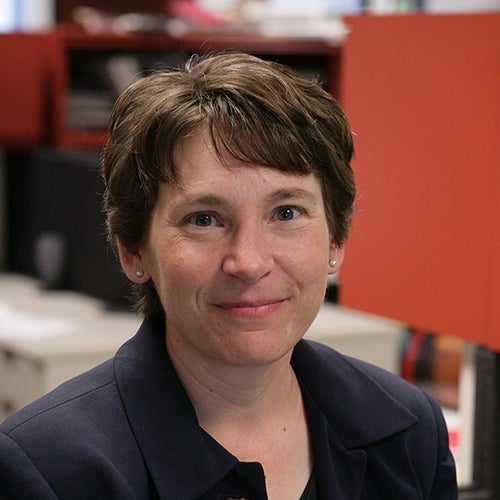Funding decline for a U.S. government HIV/AIDS initiative raises concerns
UCLA research reveals a 33% drop in key part of PEPFAR budget from 2013 to 2014.
A U.S. government agency whose mission is to help save the lives of people around the world living with HIV and AIDS has seen a steep drop in funding for an important part of its budget. The finding, from a UCLA study, could be a cause for concern because many countries rely on the agency to help pay for vital health care services for people with the disease.
The United States President’s Emergency Plan for AIDS Relief, or PEPFAR, was launched in 2003 and is now the world’s largest health assistance program focused on a single disease. The agency, which is funded by the federal government, helps pay for antiretroviral therapy, HIV testing, counseling and other programs for tens of millions of people around the world.
PEPFAR’s budget is divided among five core activities: prevention, care, treatment, management and operations, and governance and systems. The latter category, which receives about one-sixth of the organization’s overall funding, supports infrastructure for delivering HIV- and AIDS-related services, particularly in low-income countries.
But the study, published in the May issue of the peer-reviewed journal Health Affairs, found that after its budget increased each year from 2004 through 2011, the unit’s funding declined slightly in 2012 and 2013, and then by 33 percent from 2013 to 2014, to $448.6 million. The agency’s overall budget declined from 2013 to 2014, but by a much smaller amount, 7 percent, to a total of $3.4 billion.
“People with HIV and AIDS who receive effective antiretroviral therapy can live for many years,” said Corrina Moucheraud, assistant professor of health policy and management at the UCLA Fielding School of Public Health, and the study’s lead investigator. “But the care and treatment of people with HIV and AIDS requires a strong health system — access to health workers, a reliable supply of medicines, laboratory testing and so on.”
Moucheraud said the findings, the first detailed evidence about PEPFAR’s health system budgets, offer an opportunity to reflect upon the agency’s funding priorities.
“Programs like PEPFAR fund programs specific to HIV and AIDS, but to maximize their effectiveness and sustainability, they must also invest in strengthening health systems,” she said. “This is especially true in resource-poor countries with weak health systems.”
Most PEPFAR funding goes to countries in sub-Saharan Africa, which has been particularly hard hit by the AIDS pandemic.
Data used in the study came from the PEPFAR Dashboards, which provides information on funding and expenditures. The site revealed that a total of $33.3 billion was budgeted for PEPFAR between 2004 and 2014. Of that amount, $5.2 billion across country budgets and years, went to governance and systems activities. Governance and systems’ share of the budget rose from 14.9 percent in 2004 to 27.5 percent in 2013 before dropping to 20.8 percent in 2014.
Although the number of new HIV infections each year has continued to decline around the world, Moucheraud said that the need to fully fund agencies like PEPFAR remains.
“The number of people who are infected with HIV continues to rise, so the money for governance and systems to help these patients needs to increase,” she said.
The authors noted some limitations to this study. The data they used was for funding and not expenditures, so the researchers could not determine how the funds were actually spent. In addition, the data came directly from PEPFAR, which could cause source bias.
“These findings call into question whether the rhetoric of health systems strengthening has been translated into sustained policy action,” the researchers write. “Additional research and analysis of the PEPFAR Dashboard data in coordination with in-depth country work is needed to fully understand the changing role of health systems in the operations of PEPFAR and other global health initiatives.”
Faculty Referenced by this Article

Dr. Ron Andersen is the Wasserman Professor Emeritus in the UCLA Departments of Health Policy and Management.
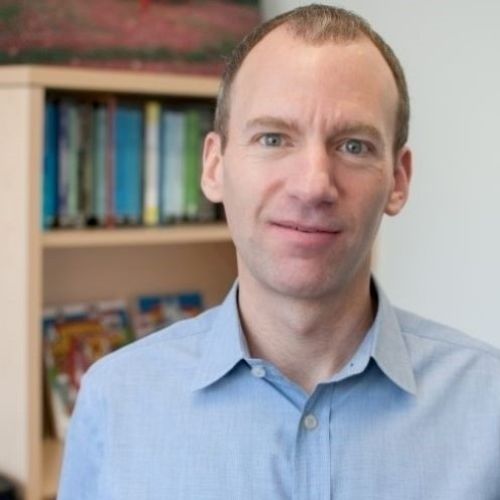
Professor of Community Health Sciences & Health Policy and Management, and Associate Dean for Research
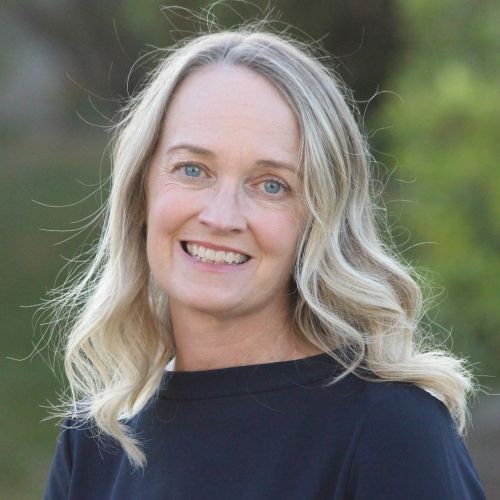
EMPH Academic Program Director with expertise in healthcare marketing, finance, and reproductive health policy, teaching in the EMPH, MPH, MHA program
Nationally recognized health services researcher and sociomedical scientist with 25+ years' experience in effectiveness and implementation research.

Dr. Michelle S. Keller is a health services researcher whose research focuses on the use and prescribing of high-risk medications.




